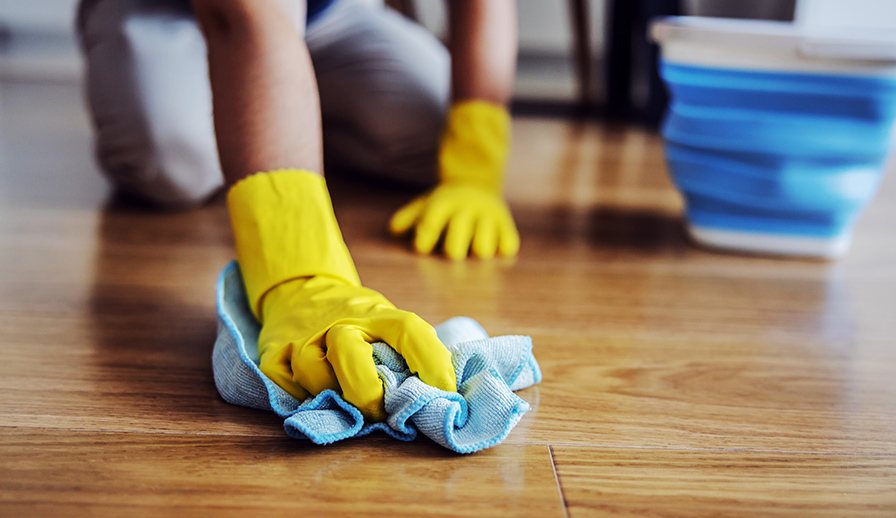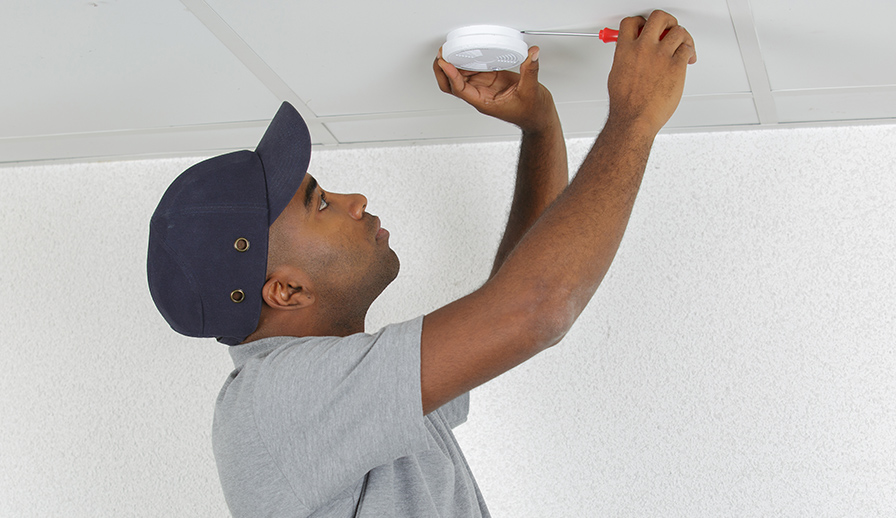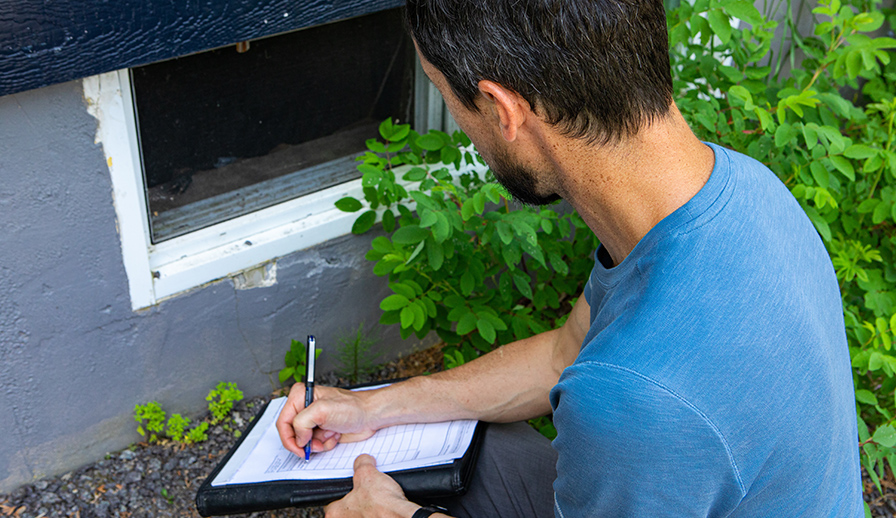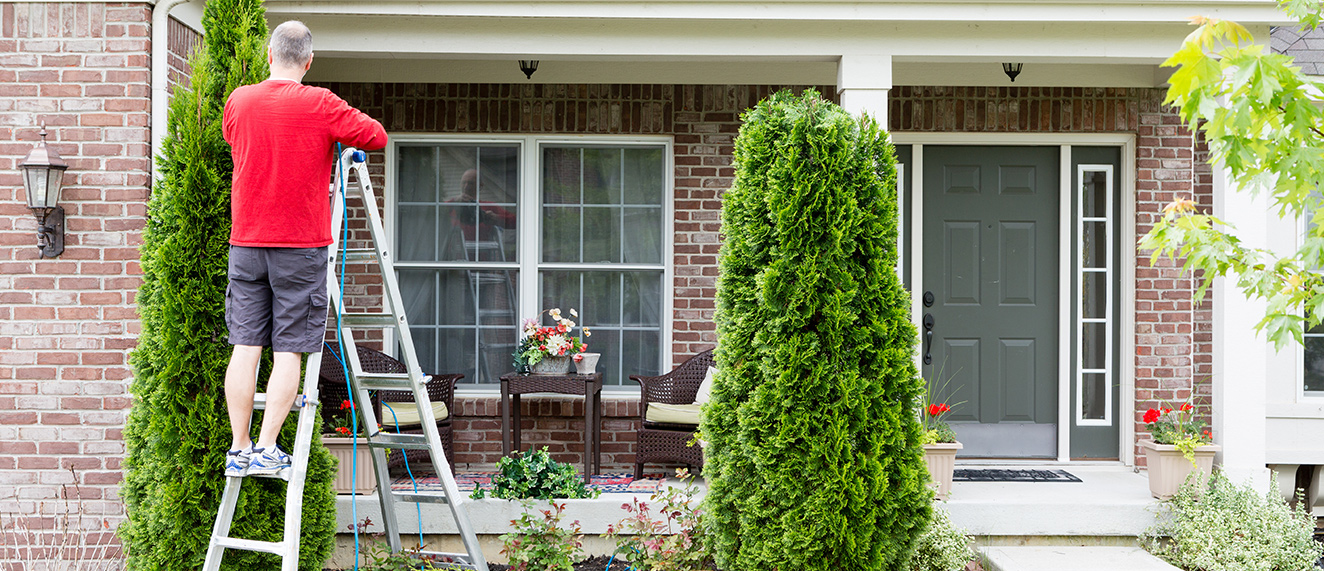Struggling to find content to share on your social media pages?
Stop scrolling through Instagram and Facebook. All you need is REALTOR.ca.
Our consumer lifestyle blog, Living Room, offers content including home improvement, market trends, DIY projects, neighbourhood guides and profiles on unique homes. Living Room publishes exciting new content four times a week (with unique French content for our Francophone fans).
While CREA Café is curated specifically to help your business grow and thrive, Living Room content is perfect to share with your clients.
Owned and operated by the Canadian Real Estate Association (CREA), REALTOR.ca is the No. 1 real estate platform in Canada (Comscore, 2020) with MLS® System listings from across the country.
Share this blog with your clients and followers with the Facebook button below!
You can also follow REALTOR.ca on Twitter, Instagram and Pinterest.
You can read the original blog here.

Whether it’s your very first home or a fresh start, there’s a lot to be aware of when it comes to household maintenance. While some developers provide guides to help homeowners get acquainted with maintenance schedules, most owners have to learn on their own. That’s why we consulted Paul Justice, of Justice Construction, to compile a comprehensive—and handy!—timeline to give you a head-start on what to check, when to check it, and how to prepare for the short and long term.
The importance of scheduling
Many homeowners overlook maintenance items until serious repairs are needed, ultimately costing more money. According to Justice, the two most commonly overlooked items by homeowners are the foundation and mould. By being aware of what to look for and establishing a habit of regular maintenance and inspections, you can stay on top of your home’s care, boosting its value and ultimately reducing stress and saving money on costly repairs or renovations.
Monthly
Choose one day each month for these revolving items which can easily be performed in a morning or afternoon.
- Replace the furnace filter (if you don’t have central air conditioning, then you only need to do this during months of operation).
- Clean your kitchen range hood filter.
- Test your smoke and CO (carbon monoxide) detectors.
- Wash hardwood floors (if you have them).
- Clean your shower heads and faucet aerators.
- Inspect and clear out all sink and tub drains.
Pro tip: The best way to prevent drain blockages is with a fine filter drain insert in your kitchen and bathroom drains. This ensures your drains never collect sediments, hair or food waste. Never rely on liquid drain cleaner to clear blockages.

Semi-annually
These tasks should be performed twice each year, once when preparing for winter and again each spring.
- Replace smoke and CO detector batteries.
- Check your attic for evidence of water incursion, rodents and confirm your insulation is in good shape.
- Inspect your windows and doors (ensure frames, sweeps, stripping and caulking are in good shape).
- Test your hot water tank’s pressure relief valve.
- Inspect your eavestroughing, gutters, and flashing.
- Clean your baseboard heater grills (turn off any breakers beforehand and be sure the grills are dry before re-engaging them)
- Vacuum your air return ducts
- Pull out appliances like your fridge and stove to vacuum and dust behind
Annually
Annual maintenance and inspections usually happen in the spring or fall with a few exceptions that are not season-specific.
Spring:
- Inspect and pressure wash your home’s exterior.
Pro tip: Keep an eye on the caulking used to seal your siding. - Inspect your roof, eaves, and flashing each spring.
Pro tip: If there’s any sign of curling, cracking or disintegration, we recommend calling a roofing inspector immediately. - Inspect and clean your AC.
Pro tip: You only need to use a garden hose to clear dirt and debris from the unit. Remember to disconnect the power first! - Check your deck or porch, and wood fence for damage or rot and replace boards as needed.
- Pressure wash your deck and fence. Watch your pressure settings though so you don’t accidentally gouge your wood!
- Inspect your asphalt driveway. If you see the colour and definition of individual pebbles, then you know it’s time to reseal.
- Have your carpets professionally cleaned. You can also rent a carpet cleaning machine.
- Have your chimney and fireplace/wood stove inspected and cleaned.
- Check for mould: Inspect your home’s interior, especially places you don’t see often, and check for musty or dank odours.
Pro tip: If you discover mould, do not stop until it’s safely cleaned and the source identified and corrected—this may require a mould remediation expert. - Inspect horizontal runs from your gutters.
Pro tip: Ensure water is being directed away from the house so it does not collect and soak into the foundation. - Inspect your foundation for cracks and moisture.
Fall:
- Test your home’s thermostat.
- Inspect and clean out your eavestroughs and gutters.
- Check your septic system (if you have a septic tank, it’s important to have a professional inspect it annually).
- Drain and shut off exterior faucets.
Any time of year:
- Inspect your plumbing for leaks or sweating.
- Review your electrical system. Whether you live in an older home, or a new build, identifying potential problems early can save a lot of stress down the road.
- Call an HVAC professional to service your furnace each year.
- Inspect your flooring for wear and tear.
- Check your toilets-if they start to rock, prevent damaging leaks by replacing the flange.
- Check for wiggly door handles and squeaky hinges

Preparing for the long-term
You know that rainy day you’re always told to save for? Putting money aside for any eventual repairs is a smart way to avoid unnecessary shocks down the road. With modern building materials and warranties, it may be decades before repairs are needed, but it’s best to be ready.
Five years:
- Have your ducts cleaned
- Replace carpet in high traffic areas. A long-term, economical solution is to install laminate flooring, which can last upwards of 15 years with little maintenance.
- Paint your home’s interior.
- Replace the gaskets and washers in your faucets to prevent leaks.
Ten years:
- Re-paint your home’s exterior. Depending on the type of paint and materials used for your siding, you should budget to repaint every 10 years.
- Refinish your hardwood floors. This may need to be done sooner—or later—depending on how highly trafficked your floors are.
15 years:
- Be prepared to replace all or part of your roof, depending on the materials used and any warranties applied.
- Laminate flooring may need to be replaced.
- Siding may need to be replaced on your home’s exterior.
25 years:
- CSA approved windows reach the end of their lifetime at 25 years, and will likely need to be replaced.
It’s never too soon to start your own household maintenance schedule, and to start saving for those larger eventualities down the road. The savings to your pocket book as well the peace of mind that comes with preparedness will go a long way to ensure long-term enjoyment and comfort in your home.




